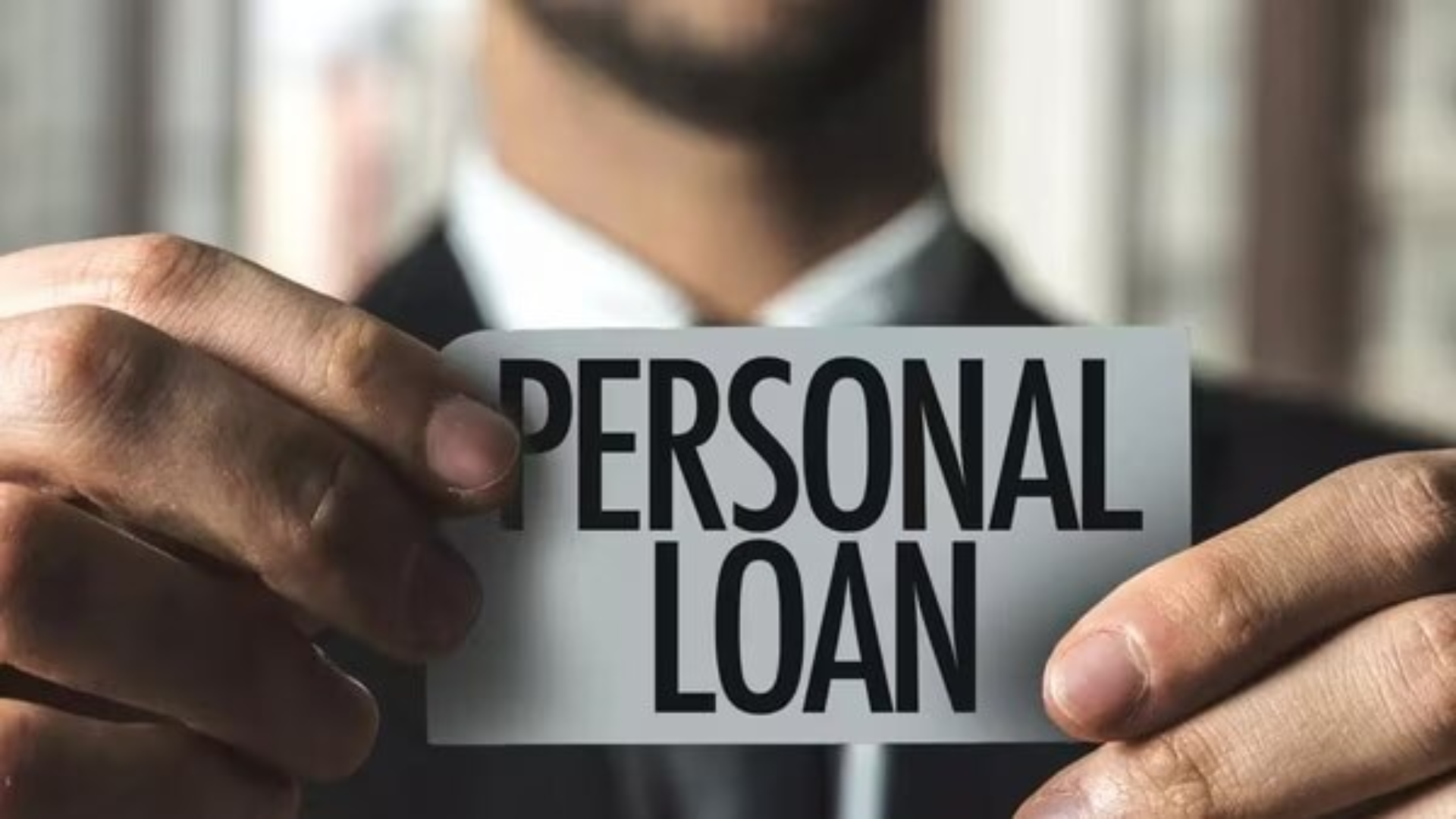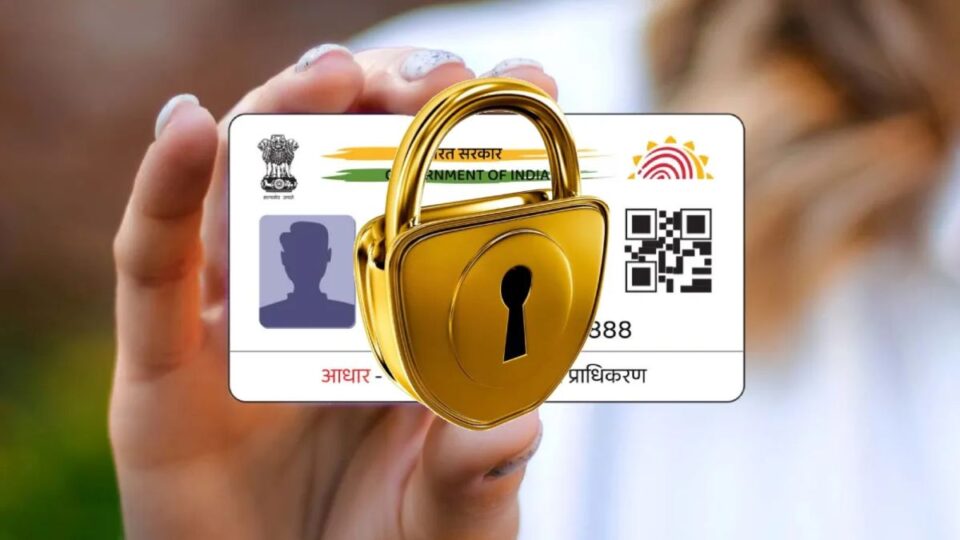
Planning to Pre-Close Your Personal Loan? Here’s What to Know
Since personal loans are unsecured, you can apply without having to pledge any security, such as a house or car. This increases their accessibility compared to secured loans, but it also frequently results in higher interest rates. Convenience notwithstanding, these loans might have drawbacks like high interest rates.
A personal loan may be paid up in full or in part in advance. Below is a quick overview of the approaches available:
Full Repayment:
Under this plan, you make all of your agreed-upon instalments (EMIs) until the loan is repaid in full. The loan is deemed closed automatically upon the settlement of the last EMI.
Prepayment:
Under this option, you pay off the remaining amount on your loan before the agreed-upon conclusion of the term. Remember that there may be pre-closure fees; thus, before choosing to prepay, take this into account. When considering prepayment, there are several things to take into account:
- Prepayment Penalties: There may be fees associated with early loan repayment from some lenders. Before choosing a choice, it is important to check your loan agreement for any prepayment penalties.
- Calculating The Entire Payoff: Get a payback statement from your lender; it will list the total amount owed on the loan as well as any early payment penalties that could apply
Part Prepayment:
Part prepayment allows you to settle a portion of the remaining principal amount on your loan, as opposed to full prepayment, which closes the entire debt. There are several benefits to partial prepayment. You will ultimately pay less interest throughout the remaining loan term if you lower the principal balance. Furthermore, some lenders allow partial prepayment to reduce the loan term while keeping the same monthly payment amount. This method reduces the length of the loan overall and lowers interest expenses.
Overview Of How The Prepayment Process Typically Works
- Inform your lender that you want to prepay the debt by getting in contact with them.
- Request a loan statement that shows the amount you still owe as well as any applicable early payment penalties.
- Pay the remaining amount and any relevant prepayment costs to complete the prepayment.
- Provide the required documentation, which can include completing a form asking for payment in advance.
- The bank will end the loan after receiving and processing your payment, and you will get a letter verifying the closing of the loan.
Essentially, there is a chance to save money on your loan’s interest rate whether you choose to return the loan in whole or in installments. You may choose the strategy that best fits your financial objectives by weighing the benefits and drawbacks and being aware of your lender’s policies.



